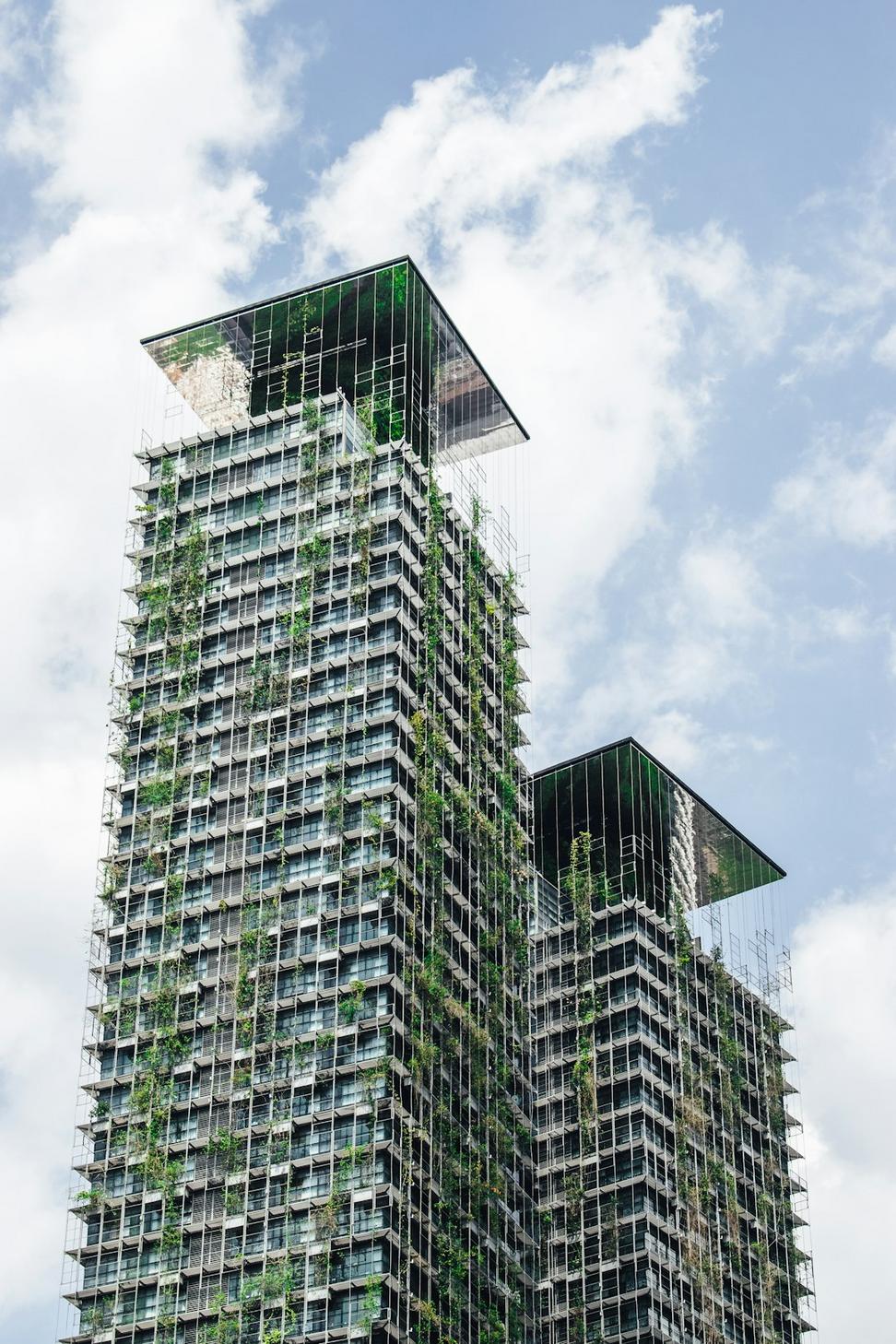
Building Smart, Not Just Green
We're not here to greenwash - we're here to design spaces that actually work with the planet, not against it
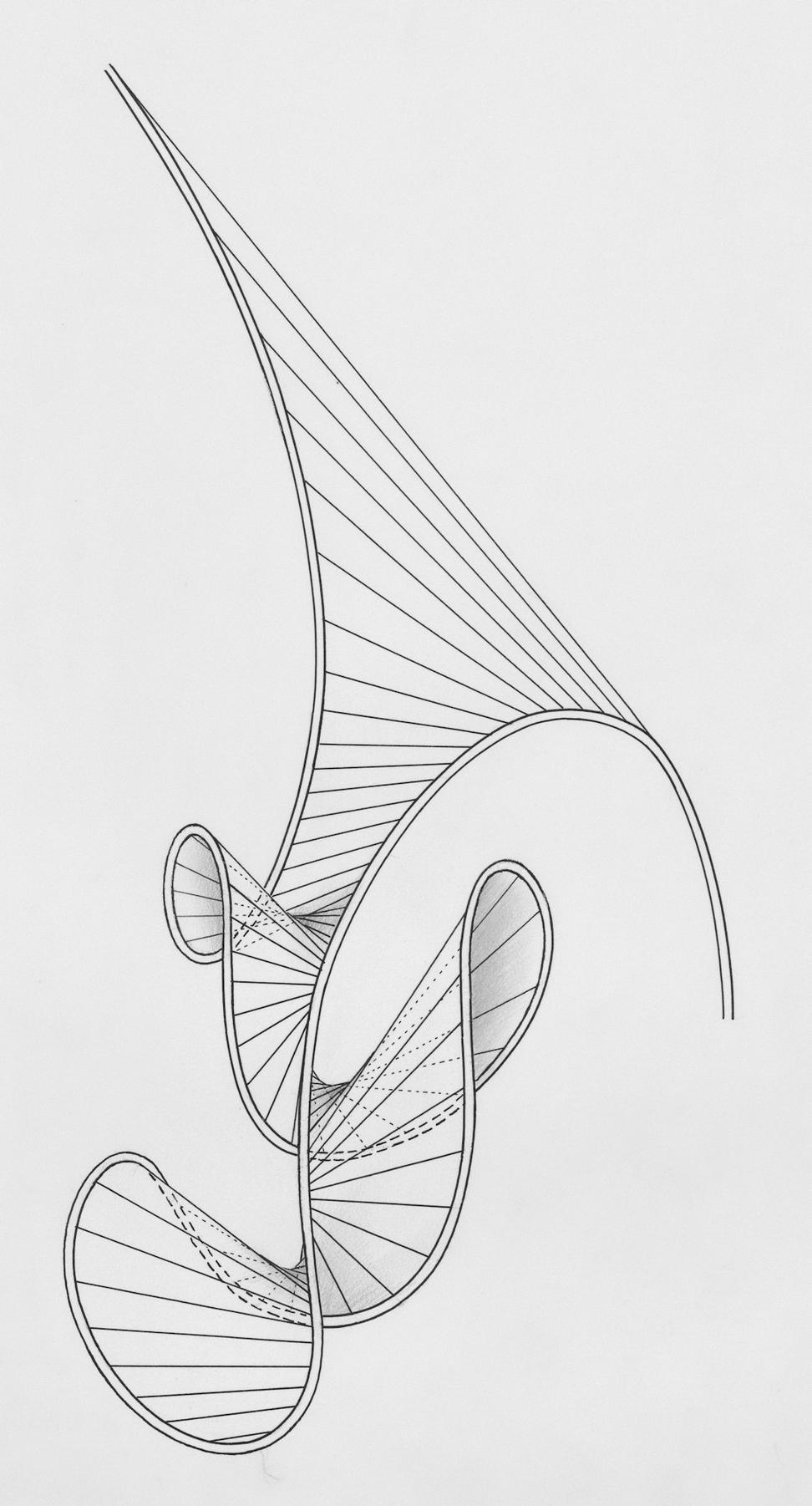
Look, we've been doing this for years and I'll level with you - sustainability isn't just about slapping solar panels on a roof and calling it a day. It's way more nuanced than that.
Every project starts with honest questions: How does the sun move across this site? What's the local climate actually doing 11 months of the year? Where are materials really coming from? Can we work with what's already there instead of bulldozing everything?
We've learned that the best sustainable buildings are the ones people actually want to use. A LEED Platinum building that nobody likes isn't sustainable - it'll just get torn down in 20 years. So yeah, we care about performance metrics, but we care just as much about creating spaces that feel right.
Let's Talk About Your ProjectThese aren't projections or marketing fluff - this is actual measured data from completed projects
Average decrease in energy consumption vs. conventional builds across our last 12 projects
Carbon emissions prevented annually through our completed sustainable projects since 2019
Construction waste diverted from landfills through careful planning and salvage operations
Reduced water usage through smart fixtures, greywater systems, and rainwater harvesting
We've integrated over 850 kW of solar capacity into our projects. That's roughly 15 average Toronto homes' worth of power generation happening on rooftops we designed.
Our stormwater management systems capture and filter over 3.2 million liters annually, reducing strain on municipal systems while naturally irrigating landscapes.
23,000+ sq ft of green roofs and living walls installed, providing habitat for pollinators and improving urban air quality one plant at a time.
We work with recognized standards because they push us to be better, not because they look good on marketing materials
We've guided 18 projects through LEED certification (Silver through Platinum). The process is rigorous but it forces you to think about everything from site selection to indoor air quality.
Honestly one of the toughest standards out there. We've completed 4 Passive House projects and each one taught us something new about airtightness and thermal bridging.
We're designing buildings that can hit net-zero energy with current or future renewable additions. It's about building in the flexibility from day one.
This one's all about human health and wellness. Air quality, lighting, acoustics - the stuff that actually affects how people feel in a space day to day.
The most ambitious standard there is. We're currently working on our first full LBC project and it's pushing every assumption we had about what's possible.
A solid alternative to LEED, especially for retrofits and renovations. The online assessment tool is pretty intuitive and the whole process feels more collaborative.
The practical strategies we use on pretty much every project
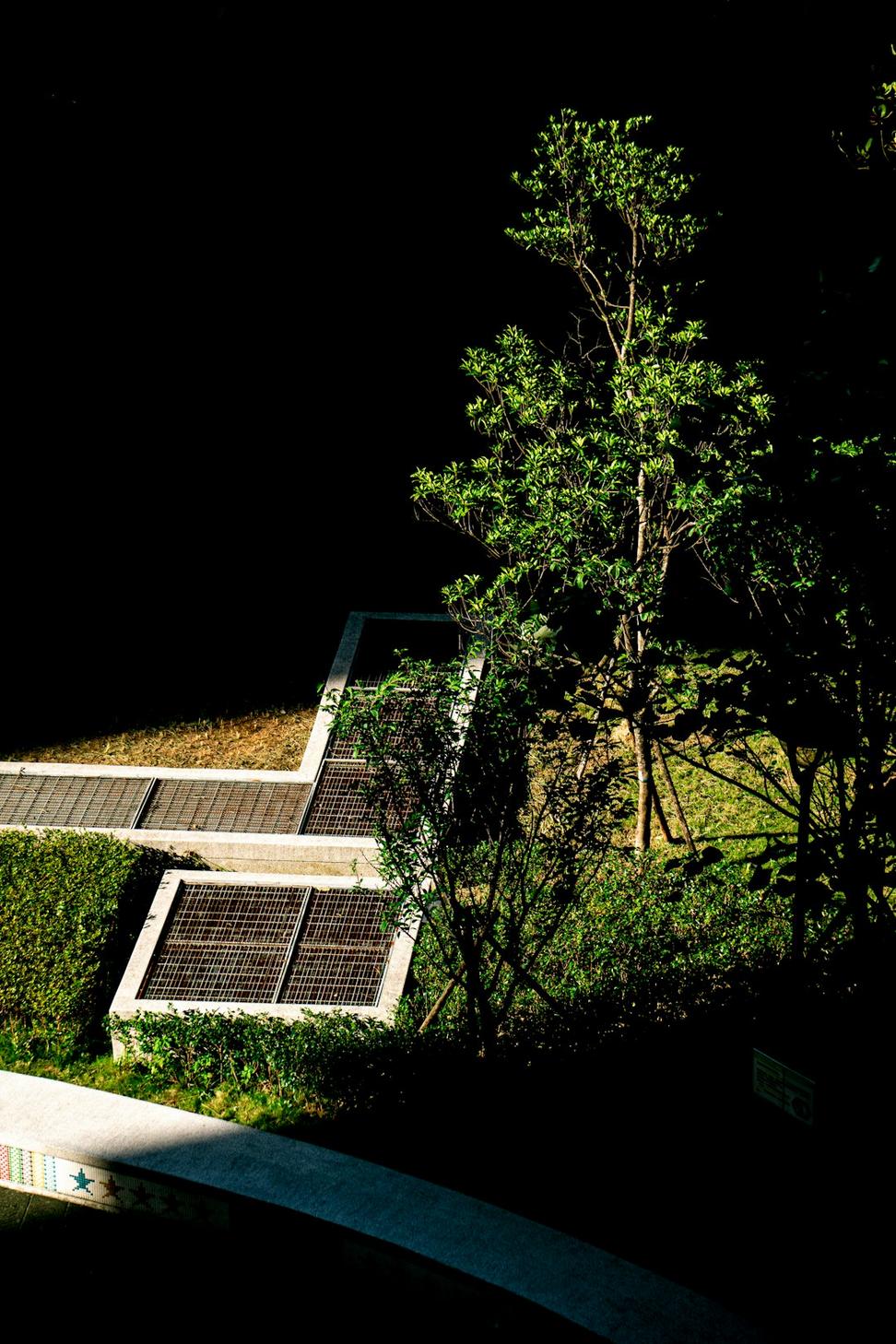
Before we draw a single line, we're out there with a compass and sun path diagrams. Orienting a building properly can cut heating and cooling loads by 20-30% without spending a dime on fancy tech.
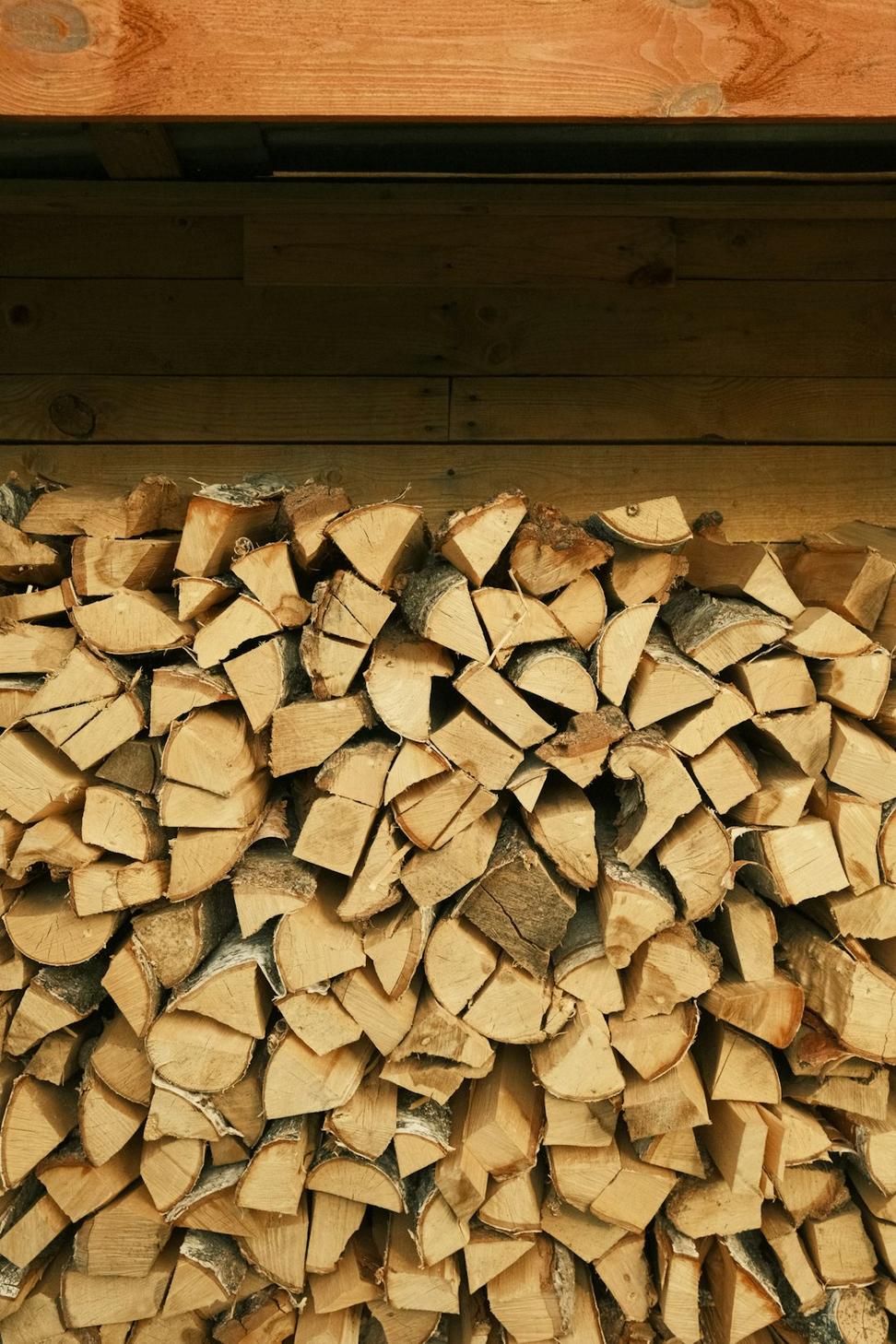
We're kinda obsessed with materials. Where they come from, how much energy went into making them, whether they'll off-gas weird stuff, how they'll age. It matters more than people think.
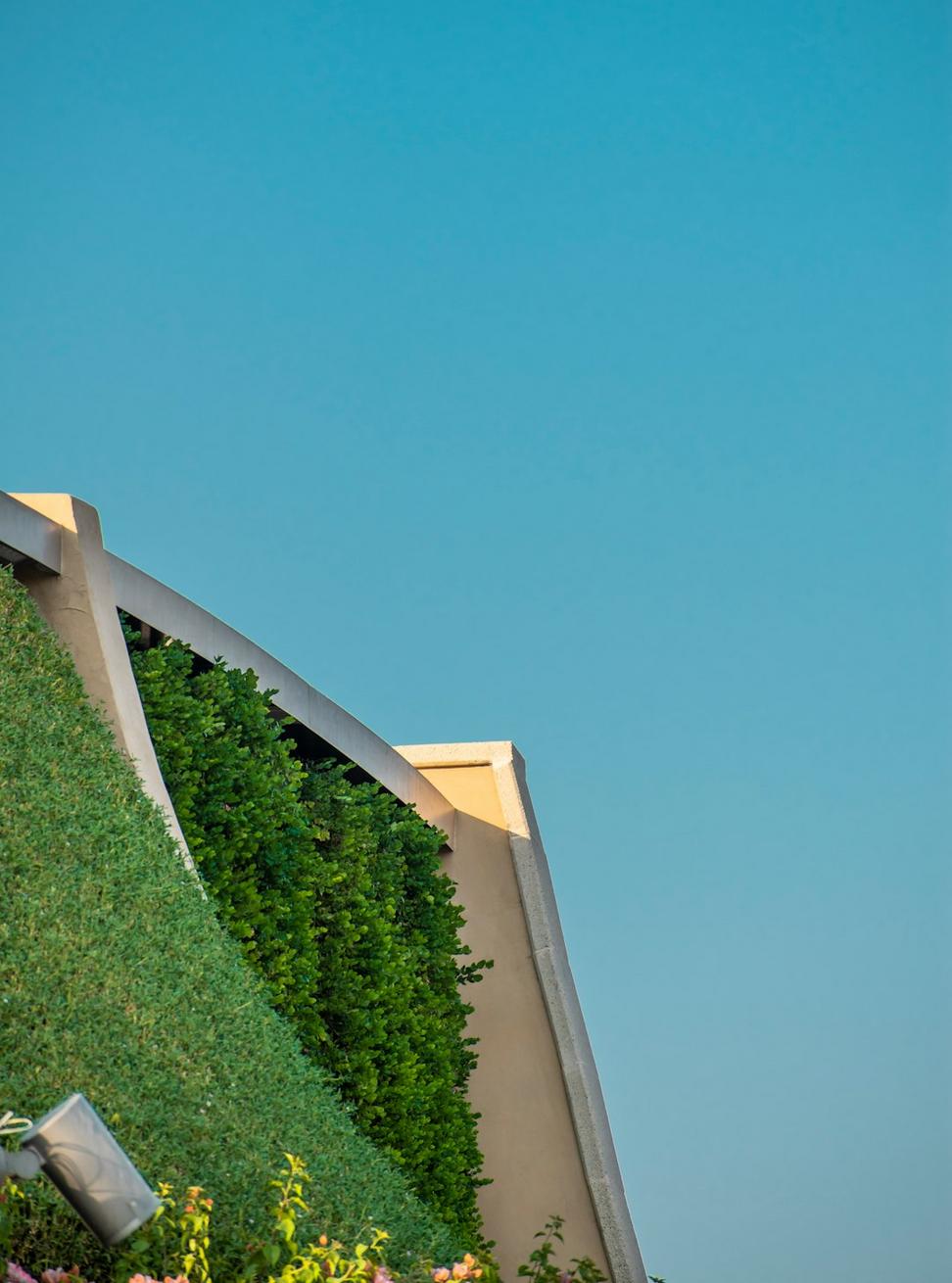
The envelope, the mechanicals, the water systems - they all gotta work together. We've seen too many projects where someone optimized one thing and accidentally made something else worse.
This project taught us a lot. A 4-story mixed-use building on a tight urban lot with contaminated soil and zero parking. Not exactly ideal conditions for sustainability, right?
But we made it work. Geothermal heat pumps (which was tricky with the soil issues), a green roof that manages 85% of stormwater on-site, and triple-glazed windows that keep the place comfortable without cranking the HVAC.
Hit LEED Gold and uses 52% less energy than code baseline. More importantly, the retail tenants love it because their utility bills are reasonable, and the residential units above stay comfortable year-round.
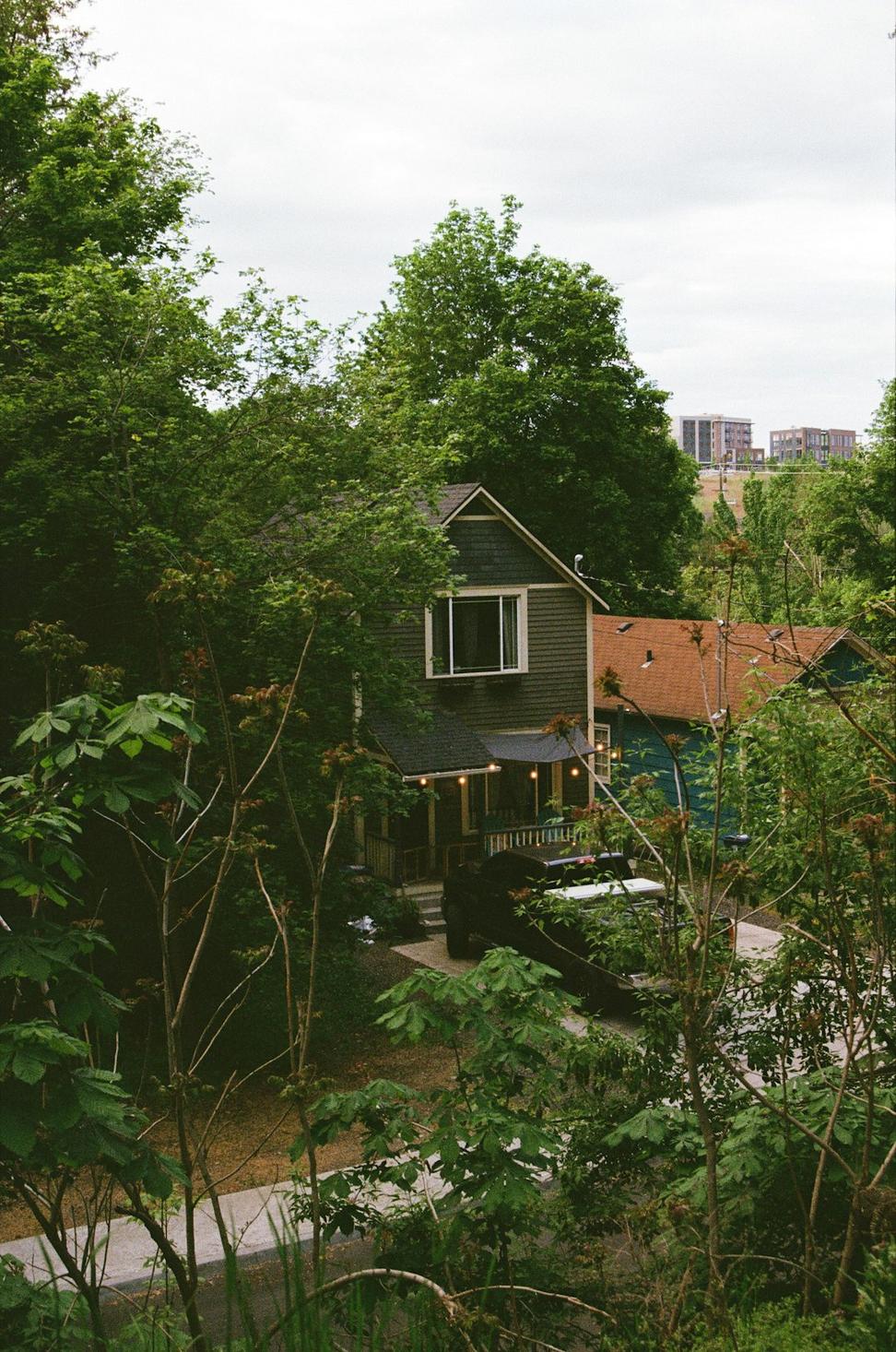
Leslieville Mixed-Use
Toronto, ON - Completed 2022
Let's be real - there's no such thing as a completely sustainable building. Every project involves tradeoffs, and sometimes the most sustainable choice isn't financially viable for a client.
We've had projects where we couldn't get as much daylight as we wanted because of site constraints. Projects where the budget didn't stretch to triple-glazing. Times when local materials just weren't available and we had to ship stuff in from further away than we'd like.
What matters is being honest about these tradeoffs, documenting what we learn, and doing better next time. We track our metrics, we publish our failures along with our successes, and we're constantly looking for ways to push the envelope (pun intended).
"The greenest building is the one that's never torn down. So we design for longevity, adaptability, and yeah - beauty. Because if people love a building, they'll take care of it." - Valaryn Thalquint, Principal Architect
Whether you're aiming for LEED Platinum or just want to make smarter choices about energy and materials, we're here to help figure out what makes sense for your project.